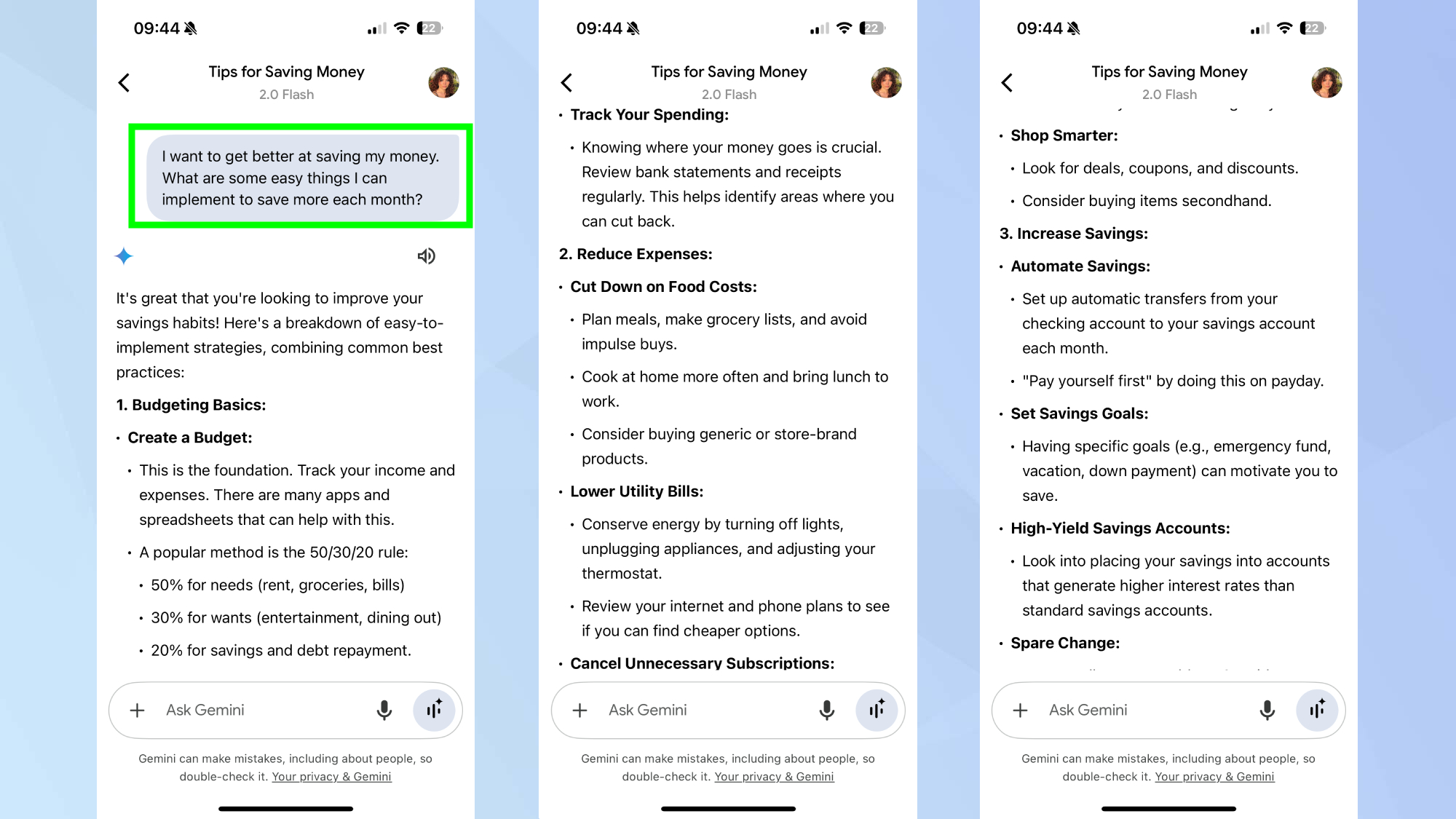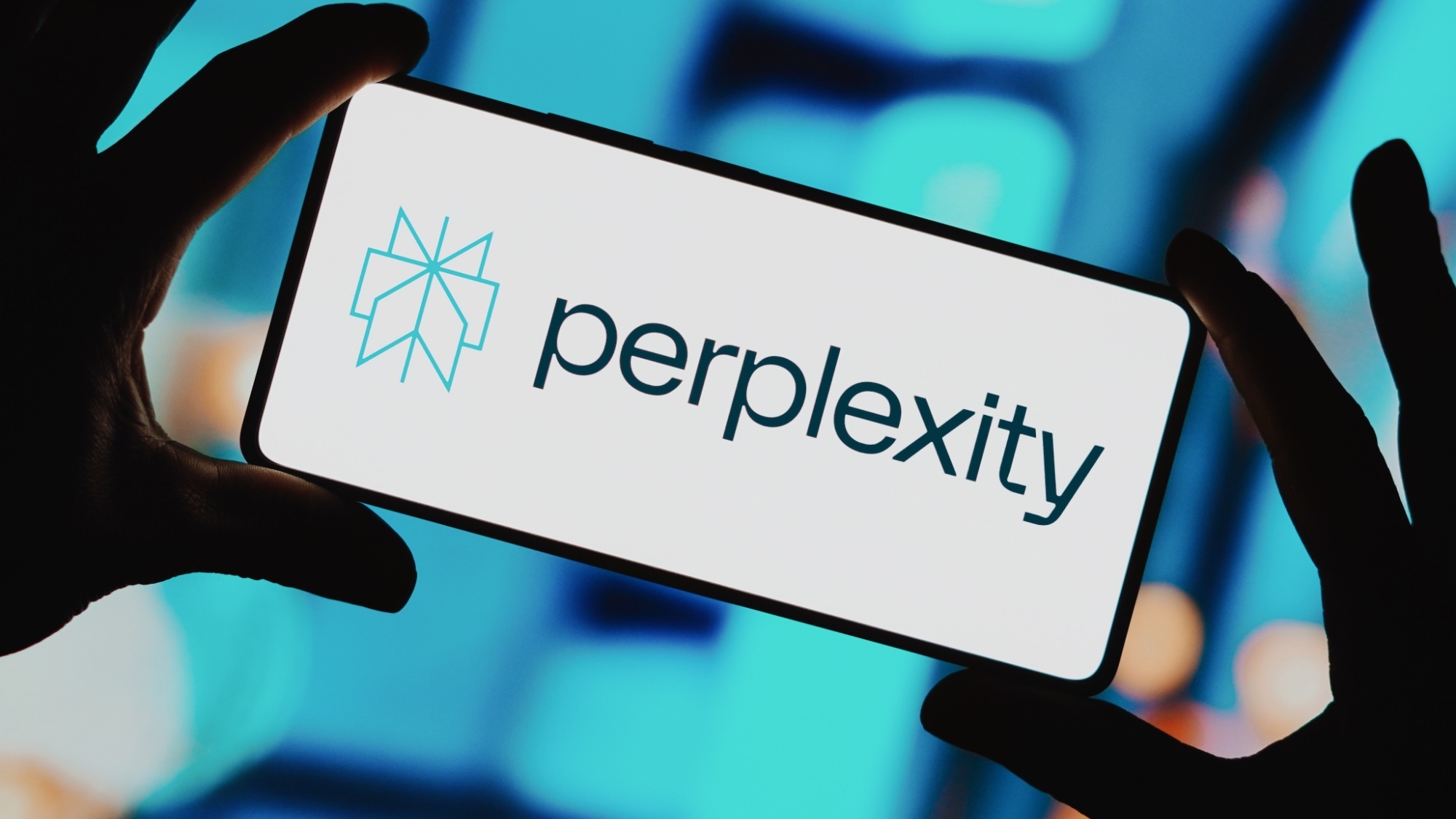These 5 AI prompts work like magic — no matter which chatbot you use
I found these prompts work equally well across all chatbots

I test AI tools for a living — ChatGPT, Gemini, Claude, Perplexity, DeepSeek, Manus, and just about every chatbot that hits the scene. And while each one has its quirks, I’ve learned something surprising: the right prompt can work wonders no matter which AI assistant you’re using.
That’s right, after years of testing and tweaking, these are the five prompts I keep coming back to. They’re simple, powerful, and incredibly versatile — and no matter what chatbot is your favorite, they could change how you use AI.
So, whether you’re working, learning, or trying to get through a messy to-do list, you might want to consider making these your go-to prompts.
1. Summarization

Prompt: “Summarize this without losing nuance”
Why it works: Most AI chatbots are pretty good at summarizing, but some oversimplify. The end result might be shorter, but it’s also missing the nuance that made the original worth reading. Some chatbots flatten out the tone, gloss over contradictions, or entirely leave out crucial parts that matter.
This prompt changes that. It nudges the AI to be more thoughtful and deliberate, preserving the important context, emotional tone, and subtle takeaways that would otherwise get lost in translation.
Try it with: Meeting notes, long articles, transcripts, legal docs, or just about anything you meant to read last week but didn’t.
Bonus tip: Paste in your content and prompt the AI: “Summarize this without losing nuance. Keep key quotes and stats where relevant and note any conflicting points or important tone shifts.” You’ll get a tighter version that still respects the original — basically, your own personal editor with an uncanny ability to read between the lines.
Sign up to get the BEST of Tom's Guide direct to your inbox.
Get instant access to breaking news, the hottest reviews, great deals and helpful tips.
2. Creative ideas

Prompt: “Give me 3 ideas for [X], and explain why each one could work”
Why it works: Whether you're brainstorming baby names, birthday gifts, or marketing strategies, this prompt delivers more than just a list because it offers options with context.
By asking the AI to explain why each idea could work, you're not just getting surface-level suggestions, you're getting a mini pitch for each one. That second part is key because it offers the rationale behind an idea making it easier to pick the best one, tweak it, or combine elements into something even better. It turns the AI into more than a suggestion machine and more of a creative collaborator.
Try it with: Content creation, party planning, clever email subject lines, social media captions, gift-giving dilemmas, writing blocks and just about anything where you need fresh ideas and a little confidence to move forward.
Bonus tip: Want even more from it? Follow up with:
"Rank these based on originality."
"Which one would perform best on Instagram?"
"Combine idea 1 and idea 3 into something more unique."
The more you push, the better the output, just like a real brainstorming session.
3. Expert advice

Prompt: “Act like an expert in [field] and explain this in plain English”
Why it works: All the top chatbots like ChatGPT, Gemini, Claude and Grok are trained on massive amounts of technical and academic information. That’s great, that is, until they start giving responses that sound like they’re writing a peer-reviewed journal article. This prompt helps cut through that. Essentially, it's telling the AI to take off the lab coat and explain things like a real person. Whether you’re trying to decode a dense insurance document, a dishwasher manual, or understand a contract before you sign it, this prompt gets you clarity without the headache.
Try it with: Contracts, lease agreements, insurance documents, scientific articles, or any tech-heavy explanation that leaves you squinting.
Bonus tip: The real magic happens when you add context about you. Add this to the prompt to get even more personal:
“Explain this to someone without a law degree.”
“Break this down for a parent of a child with an IEP.”
“Talk to me like I’m new to investing and don’t want to sound clueless.”
The more personal you make it, the better the AI adapts its tone — turning confusing info into something you can actually use.
4. Discovery

Prompt: “What am I missing here?”
Why it works: Sometimes you're too close to your own ideas to see the gaps, which is where this prompt shines. It invites the AI to step into the role of a thoughtful assistant, pointing out flaws, risks, or blind spots you might have overlooked.
I’ve found this really helpful when I’m outlining a project or drafting an outline. But if I’m being totally honest, I’ve used it just get through my day with a mile-long to-do list.
This prompt can offer a reality check. It's like having a second brain that’s objective, logical, and surprisingly good at playing devil’s advocate.
Try it with: To-do lists, business strategies, lesson plans, startup pitches, marketing emails, or any situation where you need to stress-test your thinking before you hit “send.”
Bonus tip: For better results, paste in your plan and say:
“From an outside perspective, what am I missing, underestimating, or getting wrong?”
You can also add context like: “Assume you're an investor,” or “Respond like a skeptical parent,” to tailor the kind of feedback you get.
5. Mental organization

Prompt: “Turn this into a checklist / table / calendar / step-by-step plan”
Why it works: This prompt is another good antidote to mental clutter. Clearly, it’s why I use these every day. When you’ve got a jumbled mess of ideas — whether it’s a brain-dump paragraph, a half-baked project outline, or a list scribbled in 12 different tabs — this prompt tells the AI to organize it all for you.
It’s like handing your chaos to a super-organized assistant who just gets it. In seconds, that messy blob turns into a clean, usable format. It’s a lifesaver for organizing a checklist, a timeline, a table, or a structured plan you can actually follow. No spreadsheet skills required.
Try it with:
Daily routines, content calendars, vacation packing lists, weekly goals, meal plans, or project outlines that need structure.
Bonus tip:
You can follow up with prompts like:
“Turn this into a Notion-style table with columns for due date, priority, and status.”
“Color-code by urgency: red for urgent, yellow for medium, green for low.”
“Add estimated time to complete next to each step.”
This one’s especially great when your brain feels overloaded — just dump everything in, and let AI clean it up into something you can act on.
Final thoughts
As chatbots get smarter and more personal, their differences have almost become preferences. They all have strengths and weaknesses, but these five prompts are like a Swiss Army knife because they work across ChatGPT, Gemini, Claude, and beyond.
Give them a try for problem solving, breaking things down, or getting organized, and let me know in the comments what you think. Which chatbot do you prefer? I want to know that too!
More from Tom's Guide
- I tested ChatGPT vs Gemini with 101 prompts — here's what blew my mind
- I regret jumping on the ChatGPT action figure trend — here's 7 reasons why
- I let Google AI take over my desktop — it found files I thought were gone forever and other mind-blowing tricks

You must confirm your public display name before commenting
Please logout and then login again, you will then be prompted to enter your display name.









